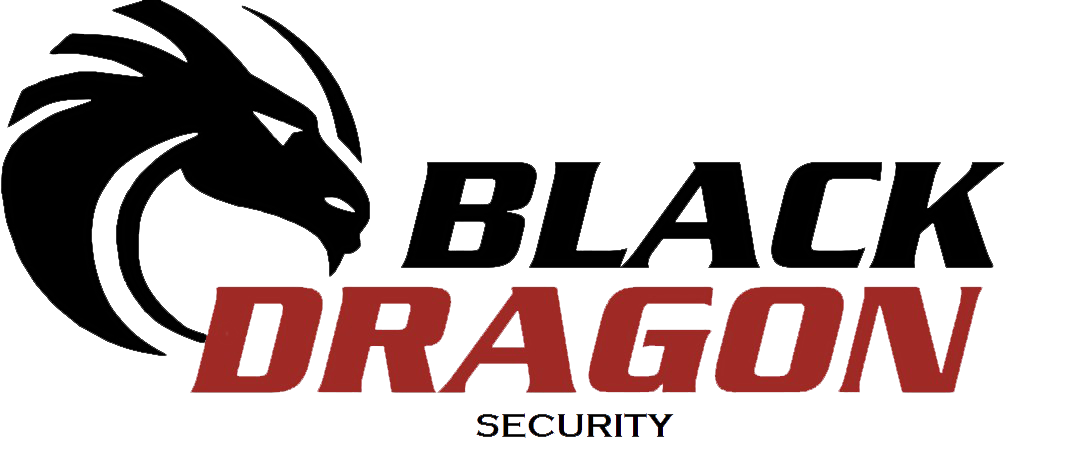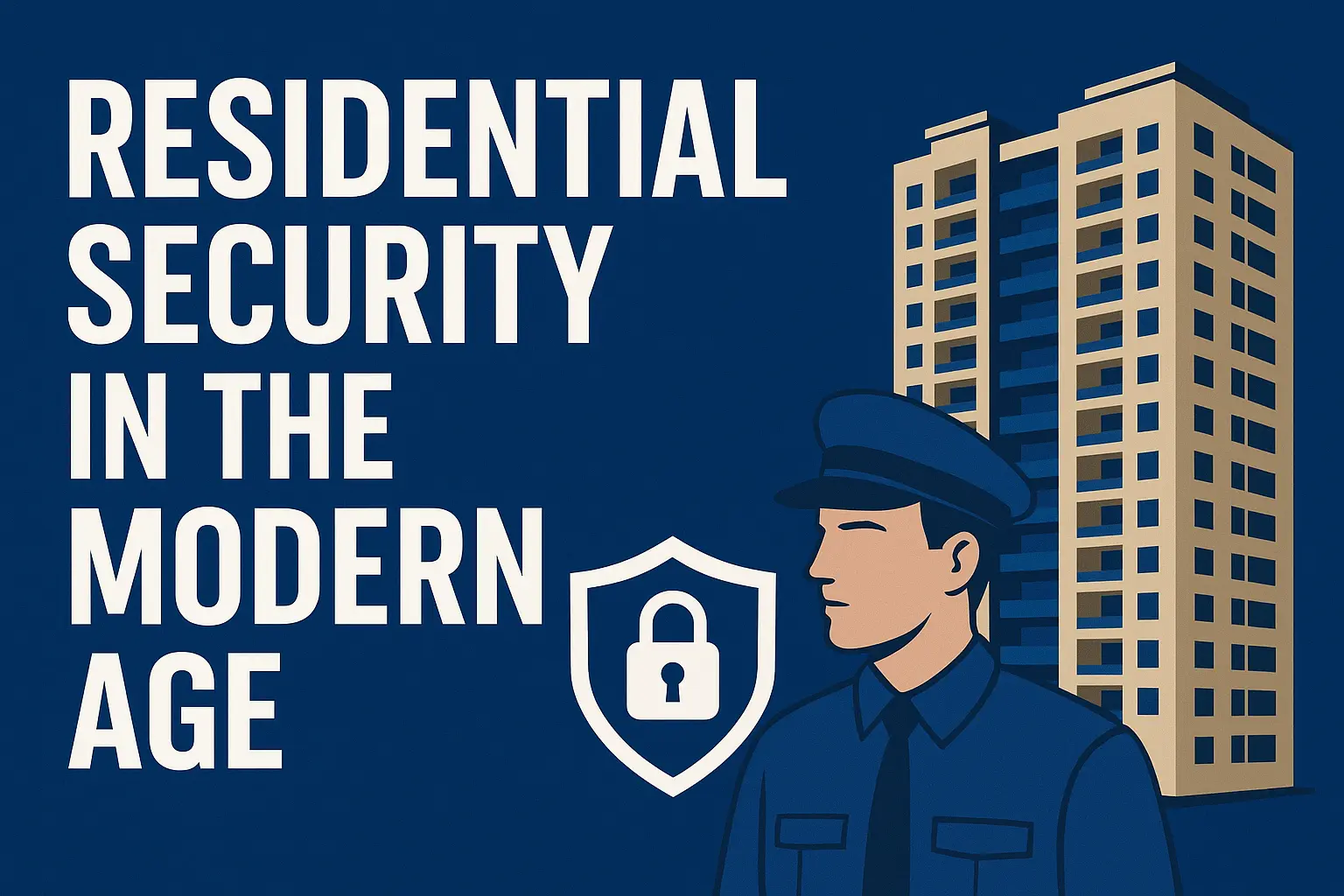Key Takeaways
- Residential security in the modern age has transformed from individual vigilance to collective accountability among residents.
- High-rise living and shared spaces create vulnerabilities that require integrated human and technological solutions to address risks effectively.
- The infiltration of unverified workers highlights the need for strict identity verification to enhance security in residential communities.
- Cutting corners on security measures, such as using untrained personnel or delaying maintenance, leads to increased risks and vulnerabilities.
- Looking forward, emerging threats like AI manipulation, climate instability, and social engineering necessitate a cultural shift towards heightened awareness and proactive security measures.
Estimated reading time: 6 minutes
In today’s urban landscape, the concept of residential security has evolved far beyond the image of a lone watchman standing guard at the gate. High-rise towers, gated communities, and sprawling apartment complexes have redefined what “home” means. Along with that, they have redefined what “safety” demands. Residential security in the modern age encompasses not only physical barriers but also technological solutions. The modern age has brought comfort, convenience, and connectivity — but also complexity, risk, and a silent erosion of vigilance. This editorial seeks to explore the deeper issues surrounding residential security in contemporary society. It examines the current challenges, the social and technological dimensions of risk, and the unseen threats that may define the next decade of urban living.
1. The Changing Landscape: Vertical Living, Horizontal Vulnerabilities
The shift toward high-rise and clustered residential societies has transformed security from an individual concern to a collective responsibility. A single complex may now host hundreds — even thousands — of residents. These complexes come with multiple access points, basement parking areas, rooftop utilities, and a steady flow of domestic staff, delivery personnel, and maintenance workers.
While technology has stepped in — CCTV cameras, biometric entry systems, and visitor management apps — the scale itself creates vulnerabilities. Common areas like parking zones, fire exits, service ducts, and shared lobbies are frequent blind spots. Crimes reported in recent years highlight breaches. They often occur not through brute force but through loopholes in administration, poor verification systems, or complacency among residents. Many assume “someone else must be watching.”
In such dense living ecosystems, the traditional idea of security collapses unless every layer — human and technological — functions with precision and accountability.
2. The Shadow of Informality: Risks from Unverified Labour and Illegal Immigrants
A growing concern in residential zones across metropolitan regions is the infiltration of unverified or undocumented workers into the ecosystem of domestic service and contract labor. Maids, drivers, delivery agents, and temporary construction workers often enter societies daily without stringent checks.
When verification is treated as a formality rather than a necessity, it creates fertile ground for crime. There have been reported cases in recent months where unverified personnel were later found involved in theft, data leaks, or surveillance of household routines for external gangs. Beyond the legal or ethical question of immigration status, the deeper issue is the lack of a systemic, society-wide security audit. Such an audit should link access permissions to verified identities.
Security, after all, is not only about gates and guards — it is about the integrity of every name and face that passes through those gates.
3. The False Economy: The Dangers of Cutting Corners
One of the most under-discussed yet pervasive threats to residential safety is the tendency of housing societies and resident welfare associations (RWAs) to prioritize cost savings over professional security.
Replacing trained guards with cheaper, untrained personnel; skipping background verification to save time; or delaying CCTV maintenance to “reduce expenses this quarter” — these shortcuts carry consequences. They are often invisible until tragedy strikes.
Security, by its very nature, offers no immediate “return on investment.” Its success is measured in what does not happen. But when budget constraints lead to underpaid guards, outdated systems, or poor night supervision, the cracks begin to widen. Crime, as patterns show, does not always originate from outside forces — sometimes it seeps in through negligence and false economy.
4. The New Face of Crime: Technology, Data, and Invisible Breaches
Criminal threats are no longer confined to physical break-ins. In the age of the Internet of Things (IoT), smart locks, Wi-Fi-enabled CCTV cameras, and digital doorbells have introduced a new layer of exposure.
Cybersecurity experts have repeatedly warned that many consumer-grade security devices are vulnerable to hacking. Many have passwords left at default settings and networks unsecured. A compromised smart camera or doorbell can provide real-time visuals of who is home and when. This effectively turns a safety tool into a surveillance weapon.
Furthermore, the rise of AI-powered facial recognition systems, while efficient, raises questions about data privacy, misuse, and unauthorized sharing of residents’ biometric information.
The question is no longer “who can enter the building?” but “who is watching it — and from where?”
5. Recent Crime Trends: A Mirror to Our Complacency
Recent headlines have painted a sobering picture: organized gangs posing as delivery executives; insider thefts involving domestic staff; digital scams exploiting residents’ WhatsApp groups; and even cases where building access cards were cloned to bypass electronic gates.
These incidents underscore a common pattern. There is over-reliance on technology without human oversight, and an underestimation of how quickly criminal networks adapt. As crimes grow more sophisticated, the gap between perceived safety and actual safety continues to widen.
The modern home may have smart cameras, motion sensors, and gated perimeters. Yet, too often, it lacks the simplest deterrent of all: human vigilance.
6. The Unforeseen Future: Predicting Tomorrow’s Security Challenges
Looking ahead, residential security faces a convergence of new-age risks that are only beginning to emerge:
- AI Manipulation and Deepfakes: Imagine a future where a voice-activated gate system is tricked by a synthetic imitation of a resident’s voice.
- Drone Surveillance and Privacy Breaches: Drones could be used for both legitimate monitoring and illegal reconnaissance of private spaces.
- Social Engineering: Fraudsters may increasingly exploit digital communities — WhatsApp groups or society apps — to gain trust and access.
- Climate-Driven Instability: Natural disasters could lead to temporary evacuations, creating opportunities for looting or unauthorized entry.
- Psychological Fatigue: As residents grow desensitized to constant alerts and notifications, the “alarm fatigue” may cause them to ignore genuine warnings.
In short, the future of residential security will not only depend on physical or digital defenses. It will depend on behavioral discipline and collective awareness.
7. Towards a Culture of Conscious Security
True security is not a product — it is a culture. It begins with awareness and accountability. Every resident, every committee, and every guard must be part of a cohesive chain of trust. Periodic audits, verified staffing, integrated visitor management systems, and community drills must become routine rather than exceptions.
Technology must serve as an ally, not a substitute. Human intelligence — alert, observant, and responsible — remains the most reliable firewall.
In an age where everything is “smart,” safety too must become smarter. This is achieved not merely by upgrading hardware, but by cultivating a mindset of vigilance that adapts faster than crime itself.
Final Word
Residential security is no longer a gated privilege; it is a shared obligation. The modern home is both a fortress and a frontier — a place where comfort and caution must coexist. The challenges of the future may be invisible, algorithmic, and global in nature, but their impact will be felt in the most intimate of spaces — our homes.
The question that remains is: will we adapt before the threats arrive, or only after they have already entered through the front door?
Suggested Reading: The Growing Significance of Private Security Agency in Modern Times

